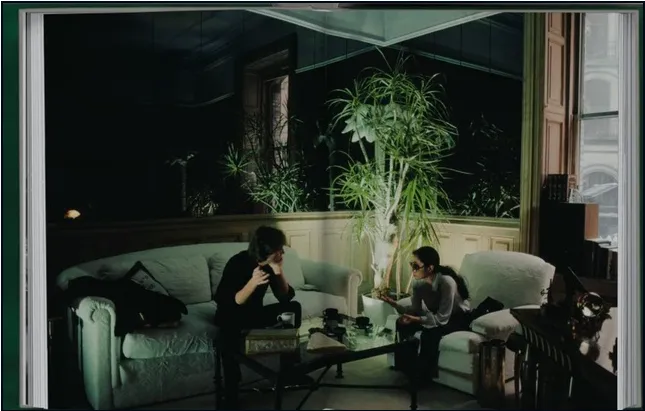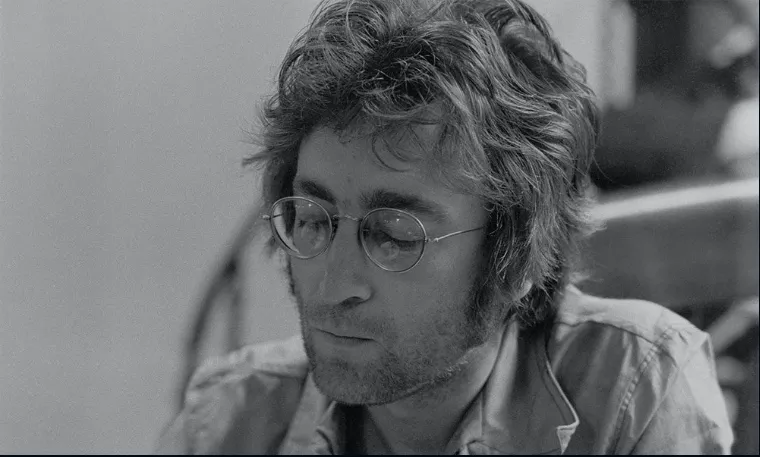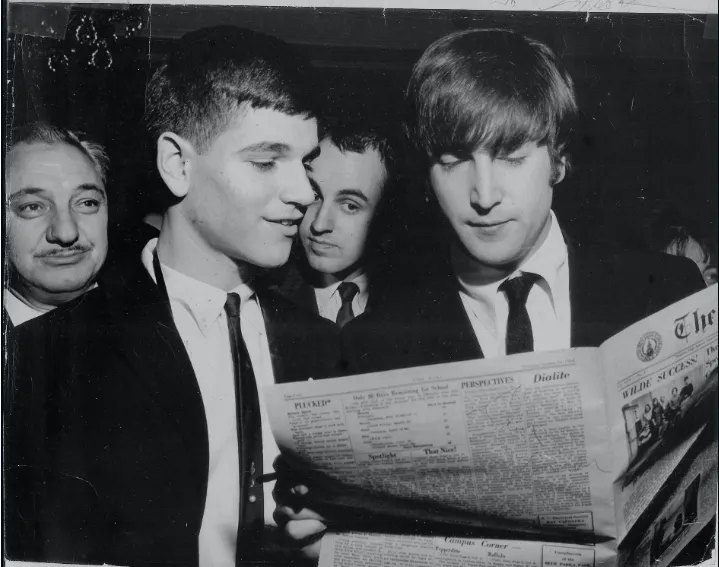In 1968, amidst the cultural upheaval of the late 60s, John Lennon’s career took a daring and unexpected turn with the release of "Unfinished Music No. 1: Two Virgins."
This avant-garde album, created with his then-new partner Yoko Ono, marked a significant departure from the traditional Beatles' sound that audiences had grown to adore.
While controversial and polarizing, it also provided a glimpse into Lennon’s unrestrained artistry and his journey towards personal and creative liberation.
John Lennon’s Transition from Pop to Experimental
John Lennon’s musical journey began as a member of The Beatles, the legendary band that changed the face of popular music forever.
By the mid-60s, The Beatles had achieved unparalleled success, with Lennon standing as one of the principal songwriters along with Paul McCartney.
Their songs were a perfect blend of catchy melodies and profound lyrics, eliciting a sense of joy and connection across the globe.
However, as the 60s progressed, Lennon’s curiosity and desire to experiment grew stronger.
This period brought significant changes in his personal life, notably his meeting and subsequent romantic relationship with Yoko Ono, an avant-garde artist deeply immersed in the world of experimental and conceptual art.
Yoko’s influence played a crucial role in Lennon's transformation from a mainstream icon to an avant-garde enthusiast.
"Unfinished Music No. 1: Two Virgins," released in November 1968, was a manifestation of Lennon’s emerging artistic identity.
The album was a stark contrast to the structured, melody-driven music The Beatles were known for, representing instead a raw, non-conformist approach.
The Creation of "Unfinished Music No. 1: Two Virgins"

The conception of "Unfinished Music No. 1: Two Virgins" was intensely personal and spontaneous. Lennon and Ono recorded the album in one night at Lennon's home studio at Kenwood.
This session, which lasted until dawn, involved a series of experimental sounds and improvisations, including various instruments, tape loops, and spoken word elements.
The nature of the album—an unpolished, candid sonic collage—reflected both John and Yoko's willingness to explore new artistic terrains without the constraints of commercial expectations.
Tracks like “Two Virgins No. 1” and “Two Virgins No. 2” were not created to be conventional songs in any sense; rather, they were intimate expressions of their thoughts, feelings, and artistic synergy.
Reaction and Impact of the Album

Upon its release, "Unfinished Music No. 1: Two Virgins" generated considerable controversy, not just for its audacious sound but also for its cover art, which featured Lennon and Ono in a full-frontal nude photograph.
The cover was intended to symbolize purity and vulnerability, stripping away societal pretenses to reveal their true selves.
The public and critical reaction was predictably divided. Many mainstream audiences and critics were shocked and appalled, finding the album indecipherable and the cover offensive.
Some radio stations and record shops outright refused to promote or sell the album.
However, within the avant-garde and intellectual communities, the work was praised for its boldness and innovation.
Despite, or perhaps because of, the uproar, the album made a profound statement.
It challenged existing norms around music, art, and expression while underscoring Lennon’s commitment to personal and creative authenticity.
"Unfinished Music No. 1" became a touchstone for discussions about the intersection of pop culture and avant-garde art.
Legacy: Influencing Future Artists

While not commercially successful, "Unfinished Music No. 1: Two Virgins" paved the way for future artists to explore new forms of musical expression without fear of mainstream rejection.
It established precedence for musicians wanting to break away from traditional boundaries and delve into experimental realms.
The album proved that music could be more than rhythm and lyrics; it could be an immersive, conceptual experience representing an array of emotions and ideas.
John Lennon's subsequent works, both as a solo artist and in collaboration with Yoko Ono, continued to feature elements of the avant-garde, further cementing his role as a revolutionary figure in music and art.
Albums like "Life with the Lions" and "Wedding Album," which followed "Unfinished Music No. 1," expanded on these experimental ideas, solidifying Lennon's and Ono's influence in the avant-garde domain.
An Everlasting Impact
"Unfinished Music No. 1: Two Virgins" might not be the most tuneful or palatable album in John Lennon’s discography, but it is undeniably one of the most significant.
It epitomizes a pivotal moment in Lennon’s life—a time of personal growth, expressive freedom, and fearless experimentation.
The album stands as a testament to Lennon's willingness to push boundaries and challenge both himself and his audience.
It's a reminder that artistry isn't always about perfection or popularity but about authenticity and exploration.
Decades after its release, "Unfinished Music No. 1" continues to provoke thought, inspire debate, and influence generations of artists willing to take risks.
It is a unique chapter in John Lennon's legacy, symbolizing his journey from global pop sensation to an artist utterly uninhibited by convention, fueled by a constant quest for deeper self-expression.



